Lilac is commonly associated with the light purple color, however, lilac trees, also known as Syringa are classified as a genus of 12 significant species of beautiful flowering plants that are established members of the olive family.
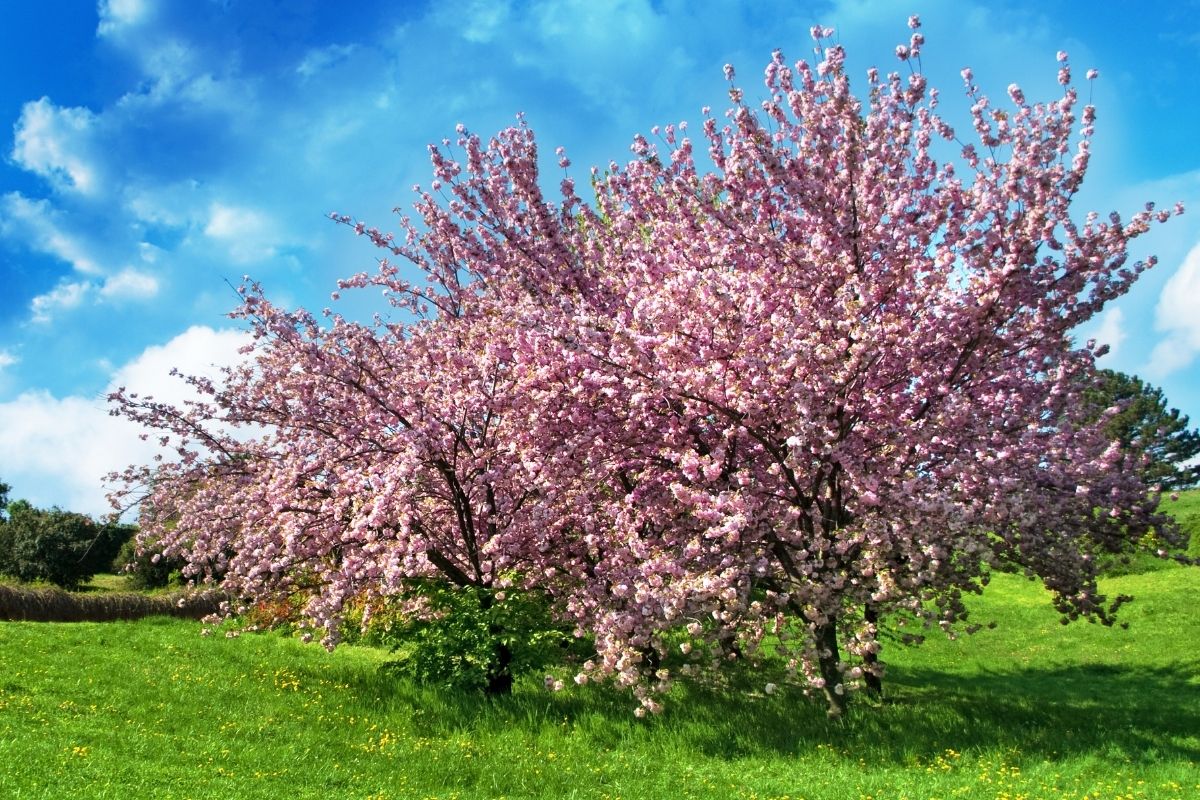
Lilacs are native to Europe and Asia but have been introduced in many other countries around the world. The flowers of these plants are usually fragrant and come in various colors.
These trees are recognized for their stunning blooms and unique foliage. As such, they are widely cultivated in temperate regions across the world.
This article will share the broad diversity of different lilac tree varieties by exploring their unique features and origins. It will also explore how these trees can be grown successfully in various climates.
1. Sensation Lilac Tree
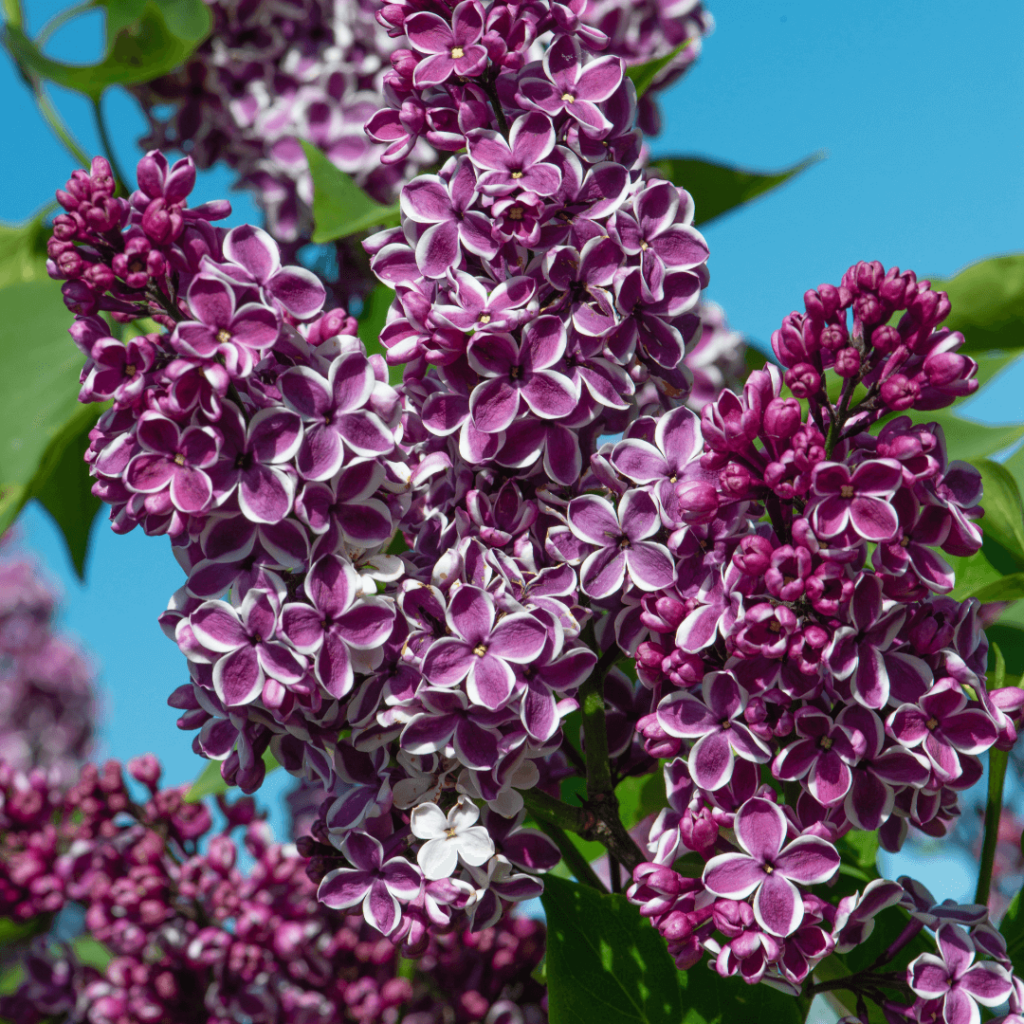
The sensation lily or Syringa vulgaris is an ornamental plant that is native to China and Japan. This variety has gained popularity due to its ability to bloom year-round. In fact, it is one of the most popular lilac trees because of this characteristic.
The tree is recognized for its stunning pink-purple heart-shaped foiled blooms and sparse foliage. Left to thrive, the sensation lilac tree can grow into a significantly dense shrub that can grow to 8 ft wide.
The blooms from the sensation lilac tree are commonly used for ornamental purposes such as using for bouquets.
2. Tinkerbelle Lilac Tree
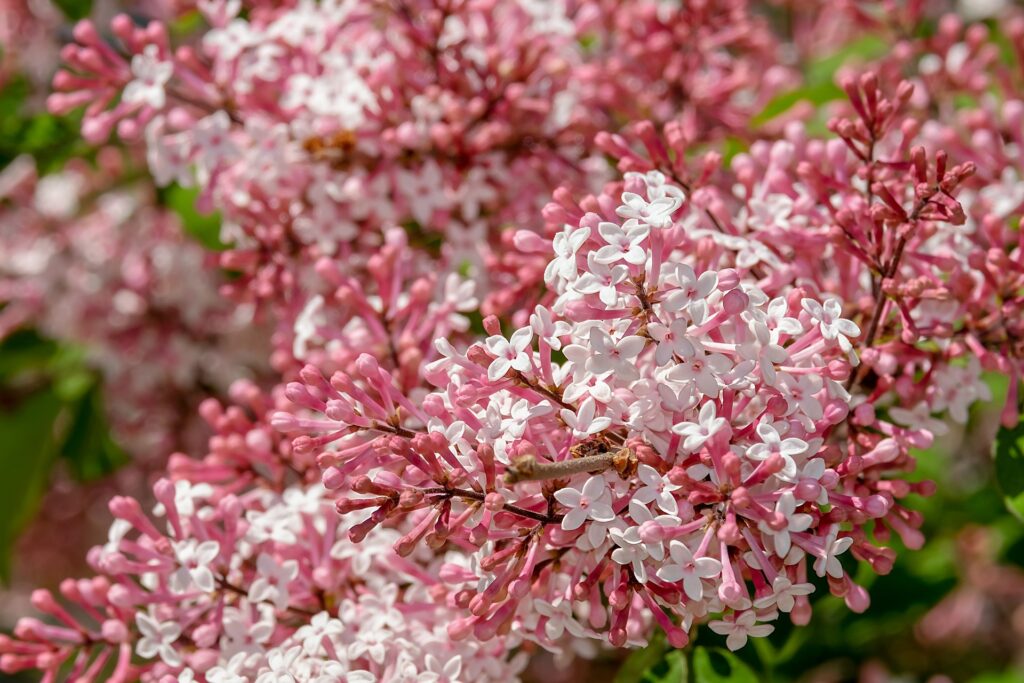
The Tinkerbelle lilac tree is another popular choice among gardeners. The tree can grow up to 6 ft and 5 ft wide. It is highly popular amongst pollinators, especially butterflies due to its strong and distinct sweet and spiced scent.
The blooms from this lilac tree are typically white with a pink center and come in clusters. These flowers are often used for cut flowers and make great additions to any floral arrangement.
Scientifically known as Syringa Tinkerbelle, this deciduous shrub thrives in conditions of full sunlight and rich well-drained soil. This plant is resistant to disease and is considered to be relatively hardy.
3. Snowdance Japanese Lilac Tree
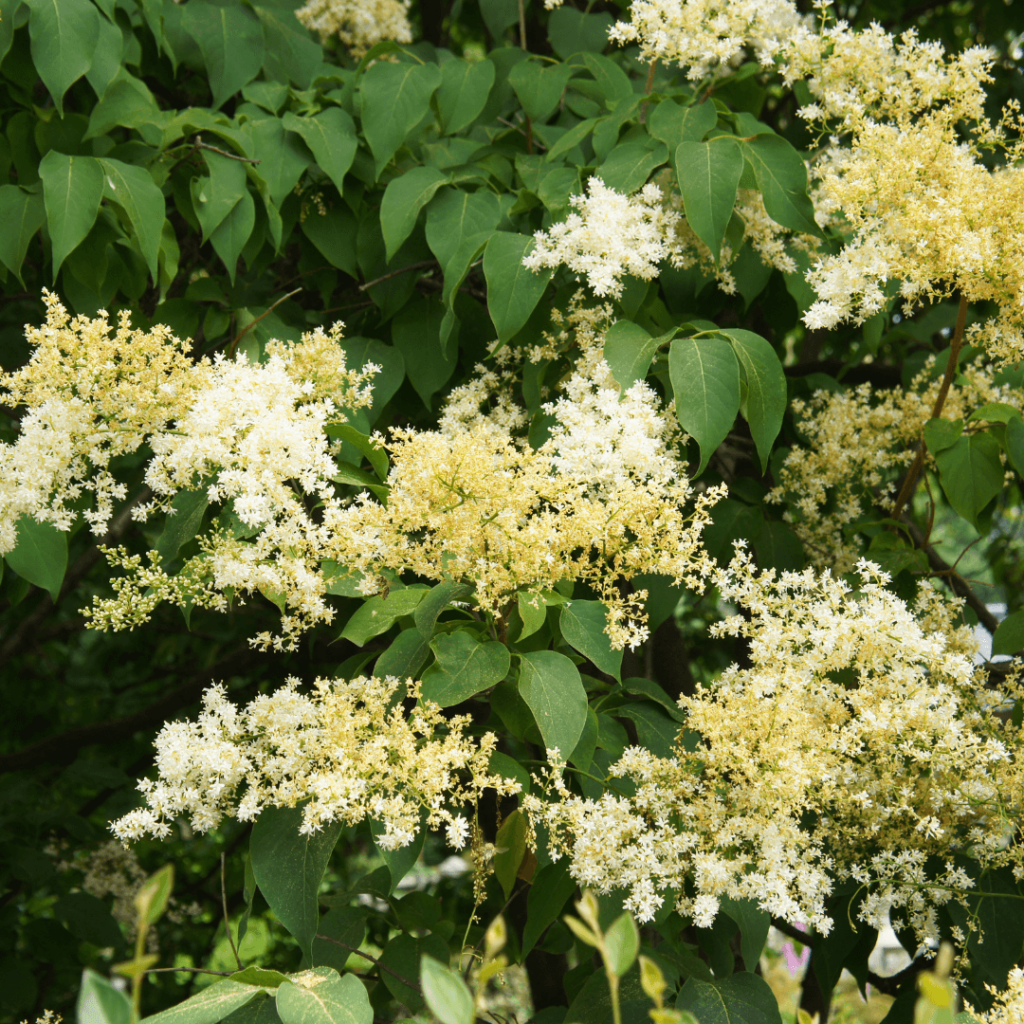
The snowdance Japanese lilac tree is widely grown as an ornamental plant. It is considered to be a significantly large variety of lilac trees as it has been known to grow up to 18 ft tall and 20 ft wide.
This plant is recognized for its delicate white-cream clustered blooms that appear like feathers from a distance. Scientifically known as Syringa reticulata, the snowdance lilac tree thrives in environments of full sunlight and requires well-drained soil.
This tree grows best in acidic soil and enjoys a bit of a breeze. Besides it being relatively easy to grow, the snowdance lilac tree is recognized for the distinct sweet fragrance produced by its blooms.
4. Charles Joly Lilac Tree
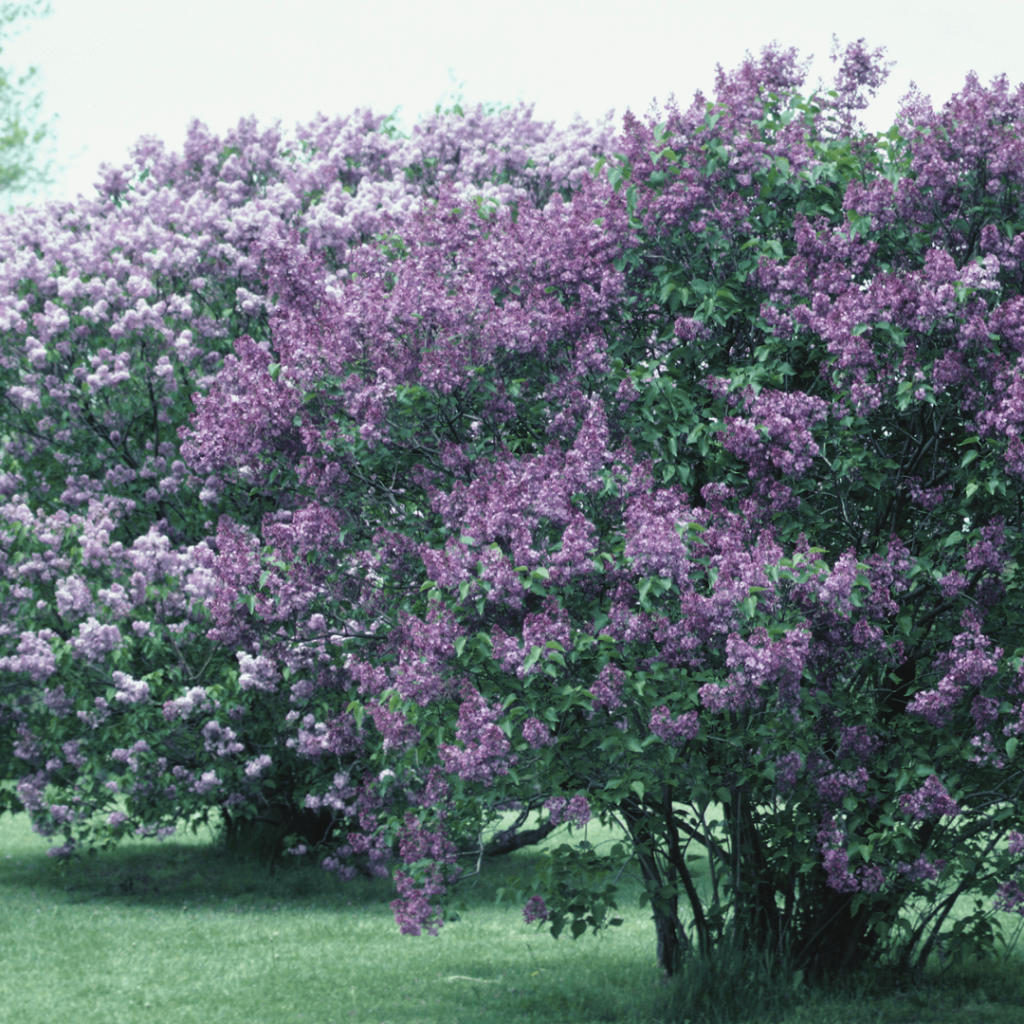
The Charles Joly lilac tree is another common choice amongst gardeners. It comes in two forms: single and double. Both types of this lilac tree produce fragrant white flowers that resemble those of the snowdance variety; however, this variety is commonly found to have rich pink and purple flowers.
Like many other lilac tree varieties, this tree’s flowers are widely grown for their delicate and sweet-scented blooms. Scientifically known as Syringa vulgaris, the Charles Joly lilac tree is relatively easy to grow and thrives in conditions of partial shade and well-drained soil.
This tree is considered to be hardy as it can successfully grow in a variety of soil types. When grown in the ideal conditions, the Charles Joly lilac tree can grow to 7 m tall and 7 m high. Though considered a relatively small tree, this plant takes approximately 10 to 20 years to reach its ultimate height.
5. Golden Eclipse Lilac Tree

The golden eclipse lilac tree is recognized for the beautiful white-cream blooms and golden foliage that it produces. The blooms from these plants are generally thought to be more fragrant than those of the other varieties of lilacs.
The blooms from the golden eclipse lilac tree are also wider than those of the other lilac varieties. Golden eclipse lilac trees are usually found growing in areas where they receive plenty of sun and require well-drained soil.
They enjoy a range of soil types but do not tolerate wet or poorly drained soils. When grown in the right conditions, this plant can live for more than 40 years.
6. Dwarf Korean Lilac Tree
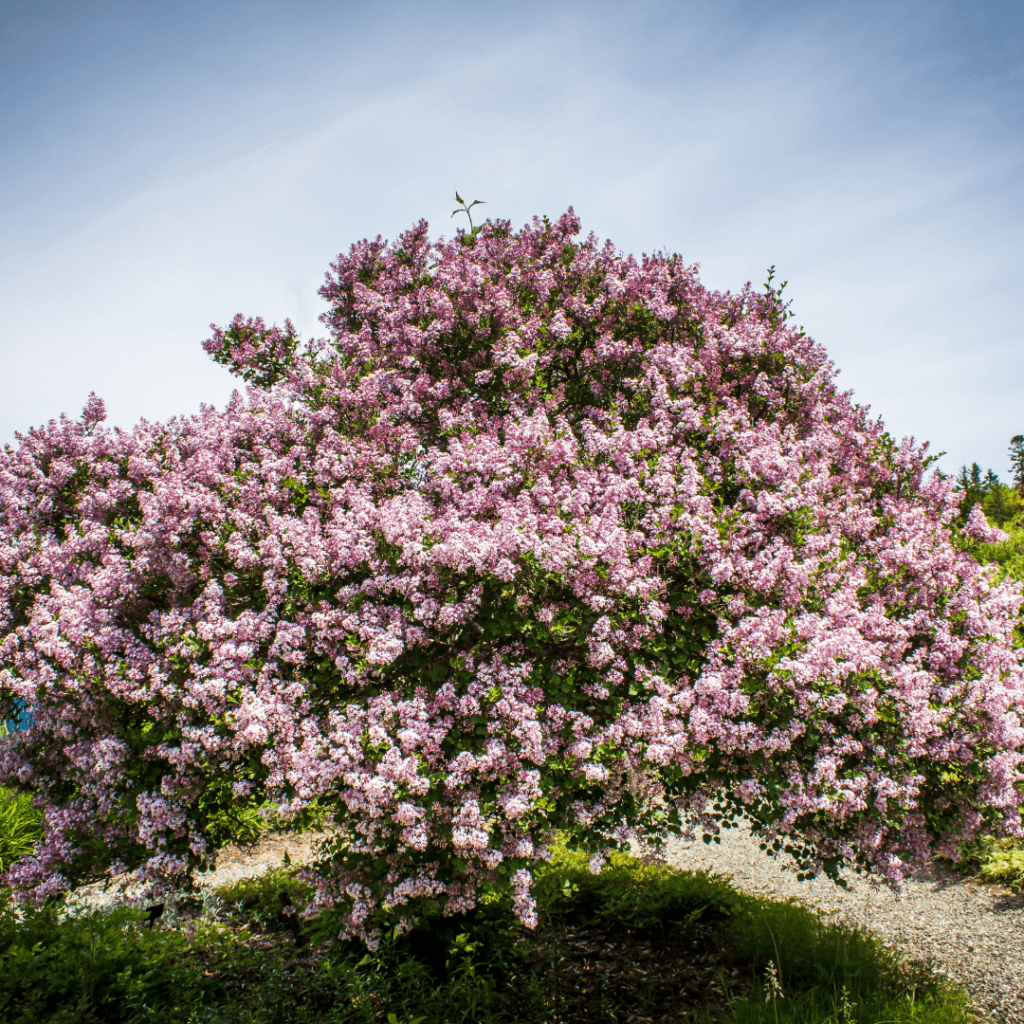
The dwarf Korean lilac tree is one of the most popular lilac tree choices amongst gardeners. It is easily identifiable by its distinctive green leaves and rich lavender blossoms and its neat shrub canopy. This tree is known to grow up to 1 m.
Scientifically known as Syringa meyeri, the dwarf Korean lilac tree is characterized as a hardy lilac tree variation that is classified as a deciduous shrub.
It is much admired for its unique and attractive thick canopy that makes it a popular ornamental plant. Due to the sweet and fragrant blooms, this plant is also much loved by pollinators.
7. Asessippi Lilac Tree
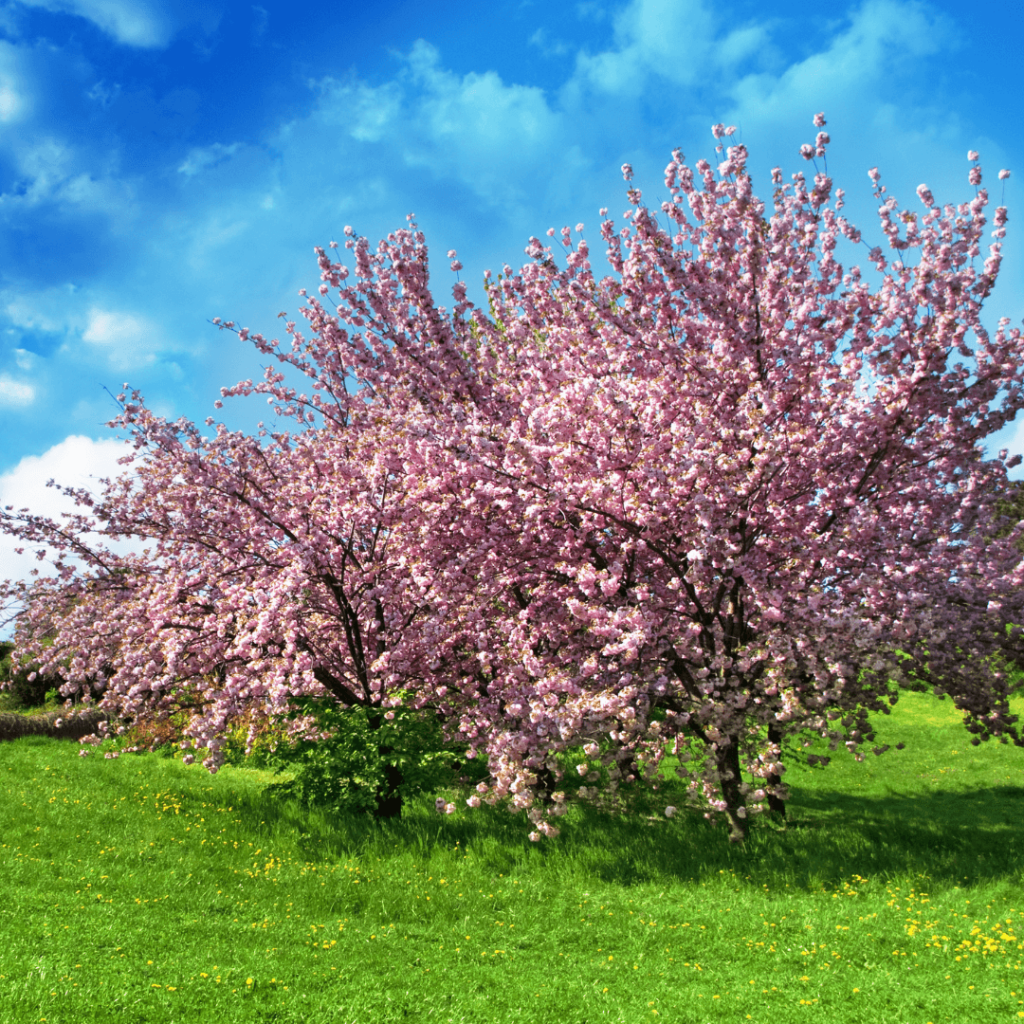
This Asessippi lilac tree is one that is often overlooked when choosing a lilac tree. However, it is a great option if you want a lilac tree that will bloom all year round. The Asessippi lilac is a very compact version of the standard lilac tree.
It only grows to around 1.5 m tall and 2 m wide. Its flowers range from pink to purple. Its blooms are quite similar to those of the snowdances but with a slightly different scent.
In addition to being an excellent choice for flower lovers, this lilac tree is also suitable for use in gardens because of its ability to withstand drought and poor drainage.
8. Declaration Lilac Tree

The declaration lilac tree is a cultivated variety of lilac tree that originated from the USA. This tree is recognized for producing strong and incredibly sweet fragranced blooms that consist of luxurious and rich pink blooms.
The flowers of the declaration lilac tree are commonly used for making bouquets. This variation of the lilac tree is known to bloom considerably early in comparison to other lilac trees.
It is considered to be a relatively easy tree as it thrives in a variety of environments. However, it doesn’t fare well in very cold climates.
9. Ivory Silk Lilac Tree
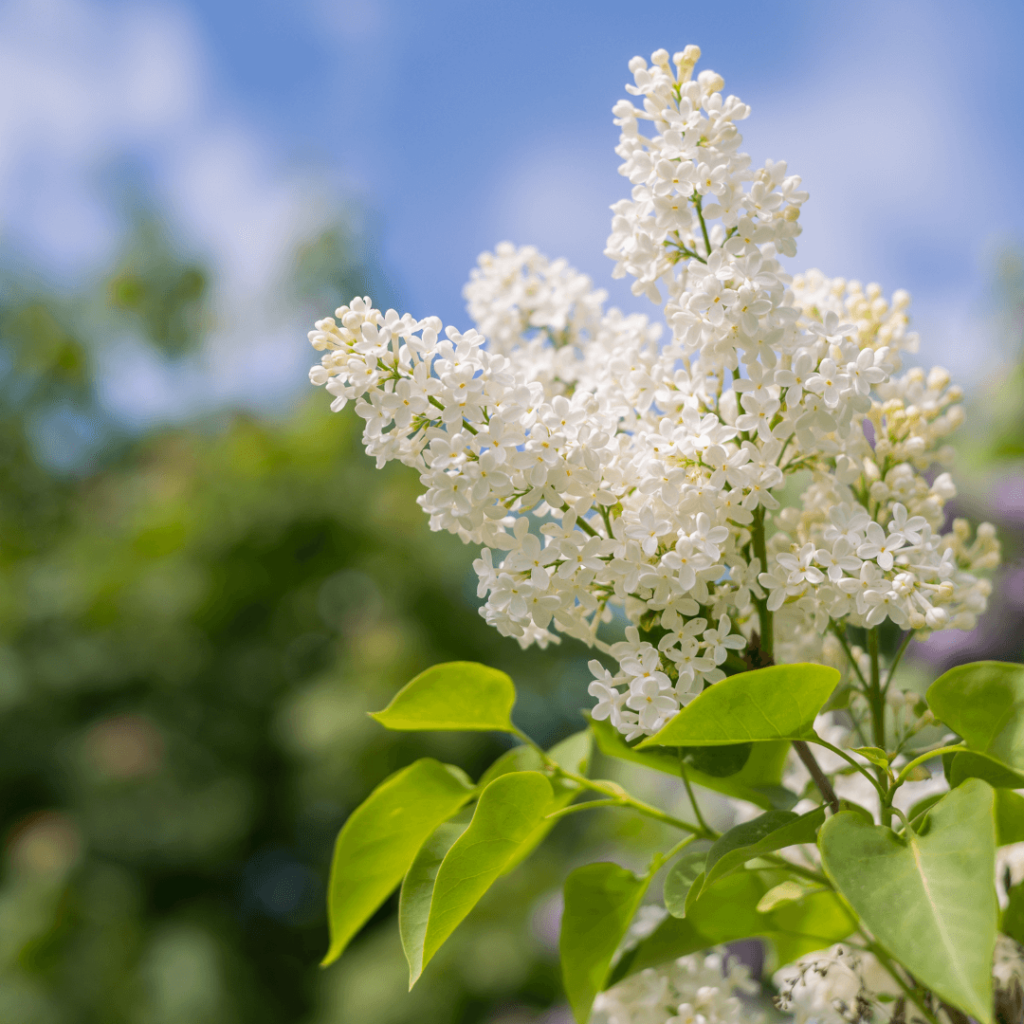
The ivory silk lilac tree is another type of lilac tree that has gained popularity among gardeners due to its stunning appearance. It is a variety of Japanese lilac trees. The ivory silk lilac tree has been developed over many generations and is now widely grown as an ornamental plant.
It is characterized as a fast-growing plant that reaches heights of up to 3 meters. If you’re looking for a lilac tree that’s ideal for small spaces, then the ivory silk lilac tree may just be what you need.
The ivory silk lilac tree is recognized for its sweet-scented and stunning white flowers. After blooming, the tree is equally beautiful with its luscious and large silky foliage.
10. Ludwig Spaeth Lilac Tree
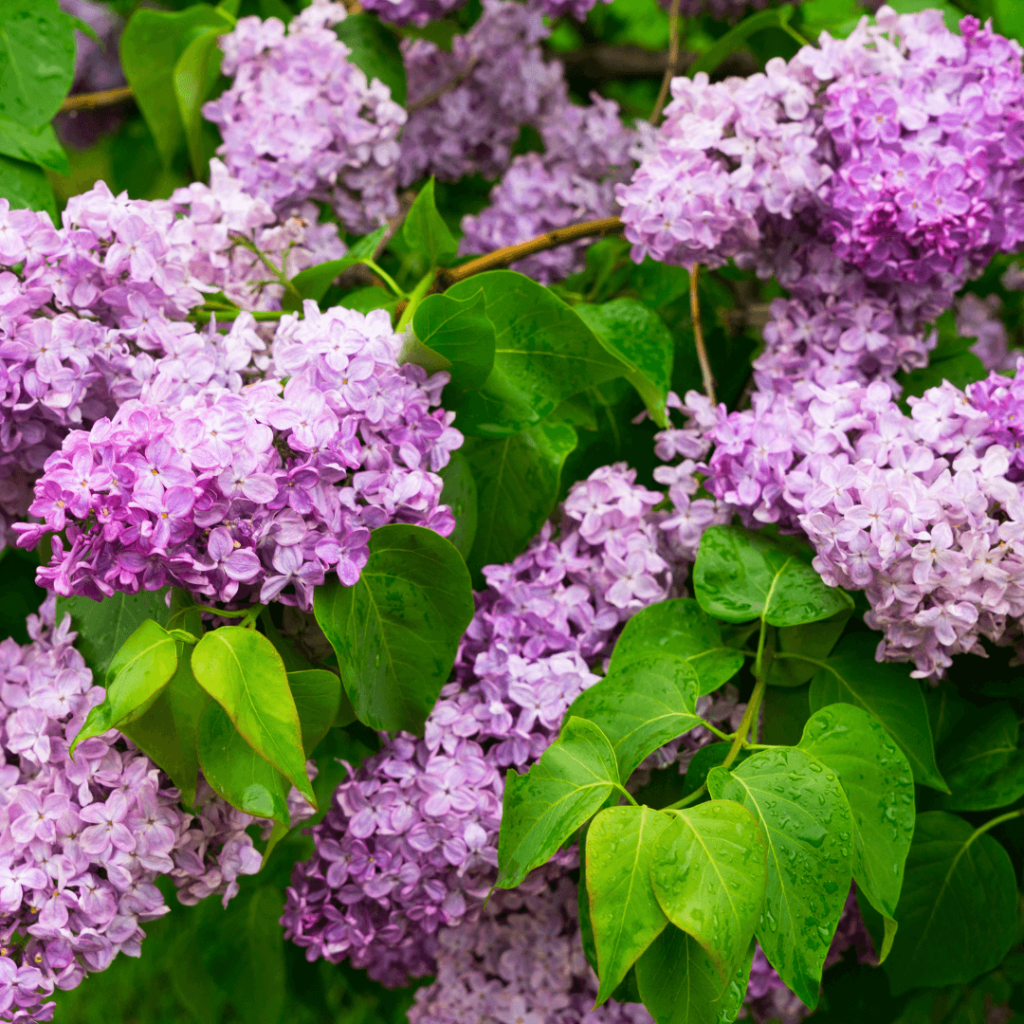
The Ludwig Spaeth lilac tree is a hybrid between the American and European varieties of lilacs. It is a vigorous and fast-growing lilac tree that can reach heights of up to 5 meters. It is a good choice for people looking for a striking feature to put in their gardens.
The Ludwig Spaeth lilac is known to produce deep purple slightly wine-colored flowers that have a distinct sweet lilac fragrance. The tree’s clusters of flowers create quite a spectacle.
This tree is considered relatively easy to grow as it thrives in a range of conditions but is known to grow best in conditions of moist and well-drained soil and exposure to full sunlight.
When grown in the right conditions, this plant can make a real statement. However, it can take between 10 to 20 years for it to reach its full height.
11. White Peking Lilac Tree
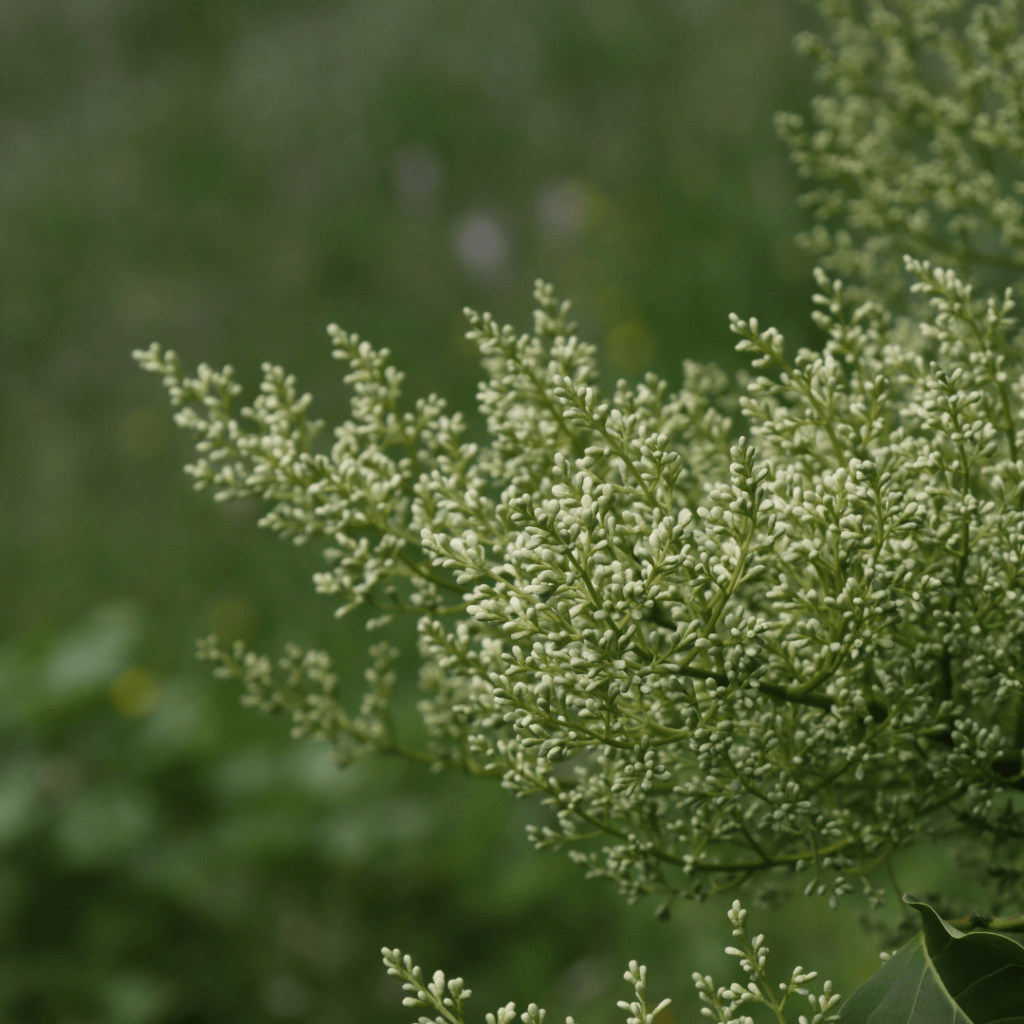
This white Peking lilac tree is a popular choice amongst gardeners who are looking for a lilac that produces a dense and compact growth habit. It is a dwarf form of the normal lilac tree. The white Peking lilac is a slow-growing tree but a generous tree that produces thick white blooms.
As the tree ages, its toffee-colored bark begins to flake away creating a distinct peeled appearance. It is characterized as a rather floriferous tree compared to other variations of lilac tree.
Scientifically known as Syringa pekinensis, this distinct tree is recognized for its uniquely small and delicate blooms. However, it is considered to be a significantly hardy variety of lilac tree as it can withstand conditions of drought and cold.
Key Takeaway
There are many varieties of lilac tree, most of which are recognized for their beauty and used for ornamental purposes. Each one of these trees is unique in its own way and provides something different to gardeners.
Some of them are more suitable for smaller spaces while others are better suited for larger areas. Some produce striking blooms whilst others are considered to be exceptionally beautiful without their blooms.
Finally, if you’re looking for something to make your garden stand out, take a look back through our list.
Editor’s Recommendations
27 Fruits With High Water Content (Including Pictures)







